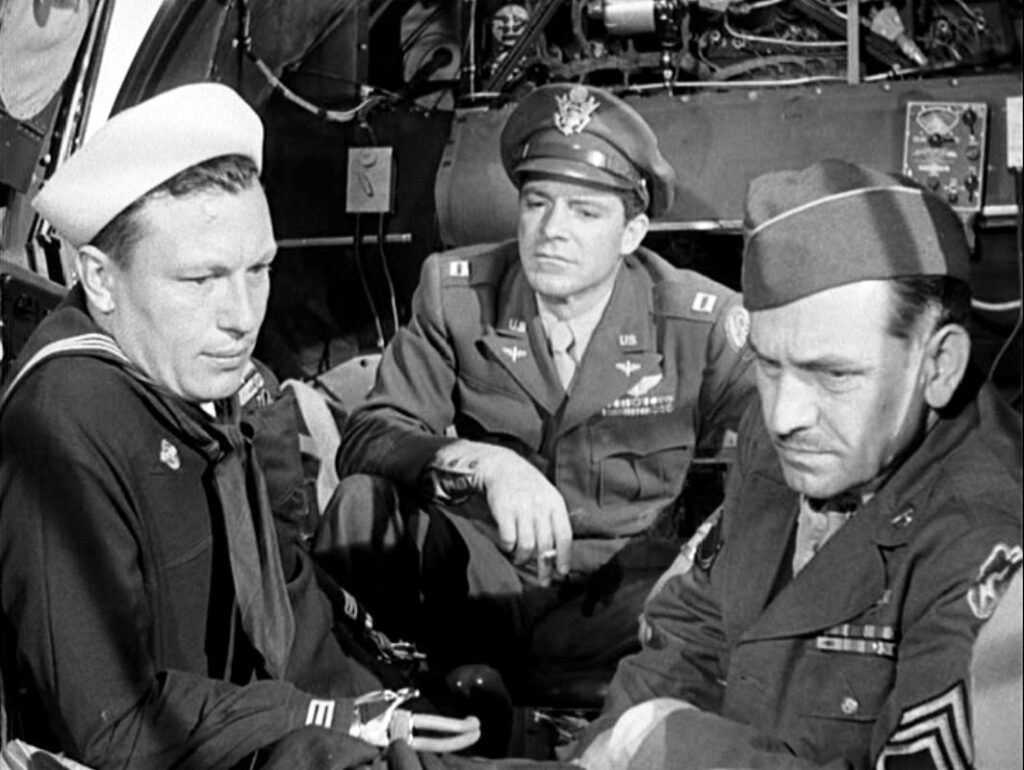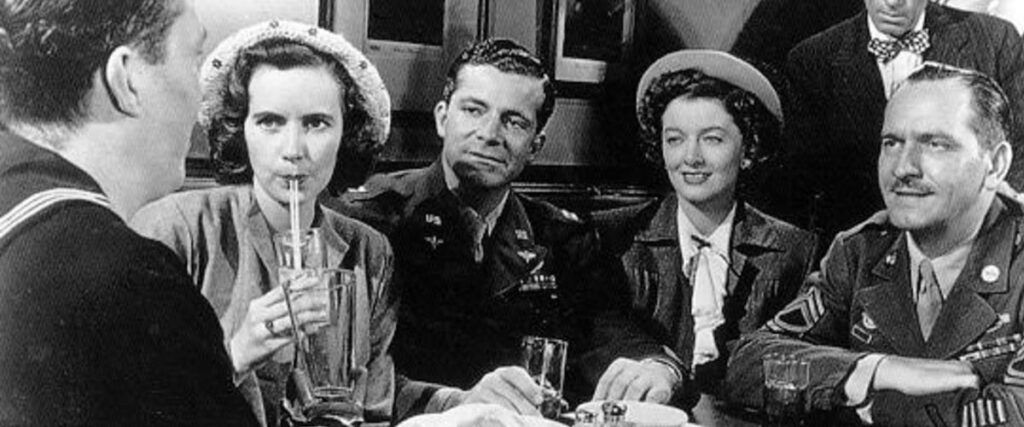In the realm of classic cinema, there are certain gems that stand the test of time, resonating with audiences across generations. One such masterpiece is “The Best Years of Our Lives” (1946), directed by the legendary William Wyler. As a classic film lover, this film is one of my favorites because it continues to captivate and inspire with its poignant storytelling and timeless themes.

Set in the aftermath of World War II, the film revolves around three veterans returning home to a changing America. Fred Derry (Dana Andrews), Al Stephenson (Fredric March), and Homer Parrish (Harold Russell) represent different facets of the post-war experience, each grappling with personal challenges while striving to rebuild their lives. What makes this film truly exceptional is its authentic portrayal of the complexities of war’s aftermath, delving into themes of love, friendship, sacrifice, and resilience.

One of the film’s greatest strengths lies in its character development. We witness Fred Derry, once a decorated airman, navigating the disillusionment of returning to a civilian life filled with uncertainty and unfulfilled dreams. Dana Andrews delivers a compelling performance, portraying Fred’s inner turmoil with nuance and depth. Similarly, Fredric March’s portrayal of Al Stephenson, a middle-aged man reconnecting with his family after years of separation, is both heartwarming and thought-provoking. The camaraderie and bond that develop among these characters feel genuine and relatable, making their journey all the more impactful.
Harold Russell’s portrayal of Homer Parrish, a sailor who lost both his hands during the war, is nothing short of extraordinary. Russell, a real-life veteran and hand amputee, brings authenticity and raw emotion to his character, offering a poignant depiction of resilience and the human spirit. His interactions with Wilma, played by Cathy O’Donnell, are tender and heartfelt, highlighting the film’s exploration of love and acceptance in the face of adversity.



“The Best Years of Our Lives” excels not only in its storytelling but also in its technical prowess. Gregg Toland’s cinematography captures the essence of small-town America, juxtaposing the idyllic facade with the harsh realities of post-war life. The film’s use of deep focus and innovative camera techniques adds depth and visual richness to each scene, enhancing the emotional impact of the narrative.
Moreover, Hugo Friedhofer’s evocative score complements the film’s emotional beats, underscoring moments of joy, sorrow, and introspection with subtle grace. The screenplay, penned by Robert E. Sherwood, strikes a delicate balance between poignant drama and moments of humor, creating a narrative that is both engaging and deeply resonant.
As I reflect on “The Best Years of Our Lives,” I am reminded of its enduring relevance and universal appeal. While it depicts a specific period in history, its themes of resilience, human connection, and the pursuit of happiness remain as pertinent today as they were in 1946. In an era marked by rapid change and societal challenges, this film serves as a timeless reminder of the indomitable spirit of the human experience.
“The Best Years of Our Lives” stands as a testament to the power of cinema to enlighten, inspire, and provoke introspection. It is a film that transcends its time, leaving an indelible mark on viewers and reaffirming the enduring value of storytelling in all its forms. For those seeking a cinematic journey that is both emotionally enriching and thought-provoking, this classic remains a must-watch, offering a poignant glimpse into the complexities of life, love, and the pursuit of happiness.


